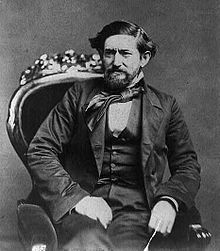Battle of Bandera Pass
Certainly the Spanish, then the Mexicans, and later the Texans had learned that single-shot weapons were not enough to defeat the deadly Comanche light horse, whose mastery of cavalry tactics and mounted bowmanship were renowned.
The Comanches' constant movement caused many of their opponents' older single-shot weapons to miss their target in the chaos of battle.
Besides the Mapuche and Chichimeca, the Comanche did what no other indigenous peoples had managed: defending their homeland—even expanding it—in the face of the best military forces the Spanish could bring against them.
This battle marked a clear turning point in the war against the Plains tribes, though they would fight on bitterly for another 34 years.
That company was filled with noted Indian fighters, among them Bigfoot Wallace, Ben Highsmith, Creed Taylor, Sam Walker, Robert Addison Gillespie, P.H.
Bell, Kit Ackland, Sam Luckey, James Dunn, Tom Galberth, George Neill and Frank Chevallier, and others well known in Texas frontier history.
[1] Captain Hays and his men, approximately 50 in number, arrived at the Pass about 11 o'clock in the morning and were surprised and confronted by a large band of Comanches.
The Colt revolvers had just been invented, and Captain Hays and his men were lucky enough to be armed with fifty or sixty of these weapons, which the Rangers reported were unknown to the Comanche.
The fierce battle began at 11 o'clock in the morning, according to records left by Hays, and lasted all day, with the sides finally ending the conflict as night fell.
